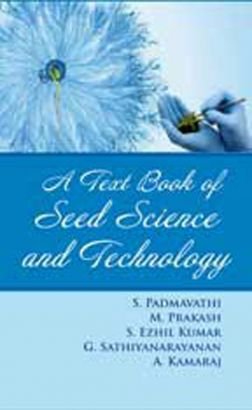
You May Also Like
Literature Caste and Society: The Masks and Veils
- ByNanhi Shop
- March 26, 2025
This groundbreaking collection presents a significantly different portrait of the medieval and modern Indian society, literature, and the…
My Experiments With Truth An Autobiography
- ByNanhi Shop
- July 24, 2024
Gandhi’s autobiography, which he had titled ‘My experiments with Truth’, can be rated as one of the most…
Writing Stills For Technical Purposes
- ByNanhi Shop
- June 14, 2024
In a world of rapid technological development, people are constantly falling behind and becoming technological illiterates. Technology companies…
Non-Banking Financial Companies (NBFCs) in India: Functioning & Reforms
- ByNanhi Shop
- April 23, 2024
Non-banking financial companies (NBFCs) constitute a heterogeneous lot of privately-owned, small-sized financial intermediaries which provide a variety of…
Daddy Long Legs
- ByNanhi Shop
- July 31, 2024
Daddy-Long-Legs is a 1912 epistolary novel by the American writer Jean Webster. It follows the protagonist, Jerusha “Judy”…
Indian Constitutional Reform Viewed in the Light of History
- ByNanhi Shop
- April 18, 2024
The author passionately declares that his entire adult life, spanning fifty years, has been devoted to India. The…
